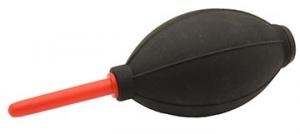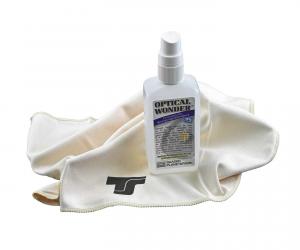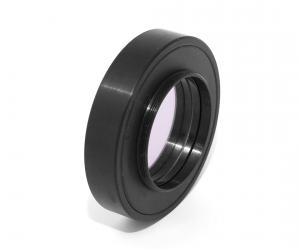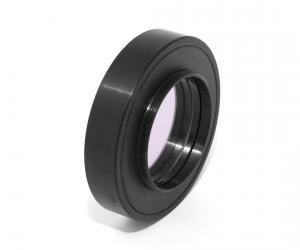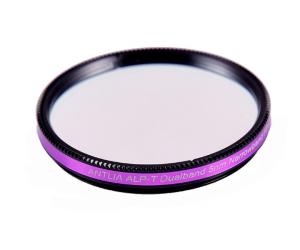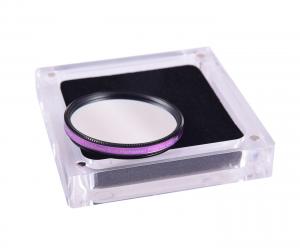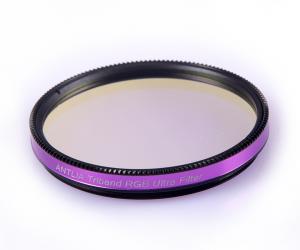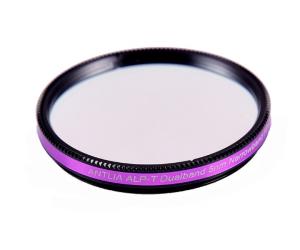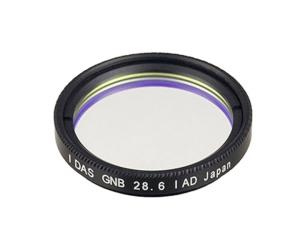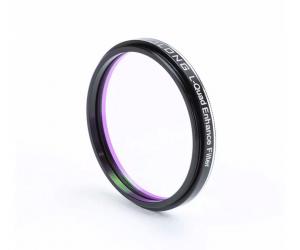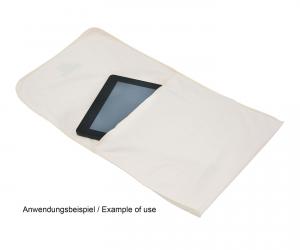- Telescopes
- Overview:
Telescopes - Achromatic Refractor
- Apochromatic Refractor
- Overview:
Apochromatic Refractor - ED Refractor - less color aberration than an achromatic
- SD APO - color free 2-element APO objective
- EDT APO - 3 element ED objective
- High End APO with 3-element APO objective - no color aberation
- Flatfield APO with flat field for Astrophotography
- All Apos and EDs from all manufacturers - large overview
- TS APO and ED from Japan with high quality optics
- Overview:
- Newtonian Telescopes
- Dobsonian Telescopes
- RC Ritchey Chretien Telescopes
- Casssegrain Telescopes
- Reflektor Telescopce with Lens Correcture
- Maksutov Cassegrain Telescopes
- GoTo Telescopes
- Solar Telescopes H-Alpha
- Overview:
- Mounts Tripods Rings Rails Power Supply ...
- Overview:
Mounts Tripods Rings Rails Power Supply ... - Mounts Equatorial with GoTo
- Mounts Equatorial without GoTo
- Mounts Azimutal with GoTo
- Mounts Azimutal without GoTo
- Mounts GoTo - Harmonic Drive
- Travel mounts for astro imaging
- Tripods Piers Polar Wedges
- Mount Control & Electronics
- Dovetail Clamps, Plates and Mount Adapters
- Tube Rings
- Power Supply
- Counterweights Balance Weights
- Mount Accessories - Other
- Overview:
- Telescope Accessories
- Overview:
Telescope Accessories - Eyepieces
- Barlows & Reducer Lenses
- Diagonal Mirrors and Prisms
- Binocular Viewers
- Finder Scopes
- Telescope Collimation and Test
- Cleaning Tools
- Transport and Storage
- Dust protection for Telescopes & Accessories
- Stray Light Protection
- Dewcaps and Heater
- Focusers, Adapters, Motorfocus
- Telescope DIY & Improvement
- Other telescope accessories
- Replacement Parts
- Overview:
- Filters
- Overview:
Filters - Color Filters and Color Filtersets
- Nebular Filters for Visual Observing
- Neutral-Density and Polfilter
- Photo Narrowband Nebular Filters
- Photo Broadband Filters
- Photo Planetary Filters
- Photo R-G-B and IR Cut Filters
- Photo - Filtersets
- Photometric Filters
- Clip Filter for DSLR Cameras
- Filter Wheels and Filterslider
- Solar Filters for white light
- Solarfilter for H-Alpha and Calcium
- Overview:
- Adaptors
- Overview:
Adaptors - Adapter 1,25" and 24,5mm
- Adapter 2"
- Adapter T2 - M42x0.75
- Adapter M48x0,75
- Adapter M54
- Adapter SC
- Adapter M63
- Adapter M68
- Adapter to other Threads
- Adapter Extensions
- Adapter camera bayonet
- Adapter Objective Filterthread
- Adapter Quick Changing , Rotation
- Adapter Eyepiece Projection
- Adapters Tilting
- Overview:
- Astrophotography and Photography
- Overview:
Astrophotography and Photography - Cooled Cameras
- Cameras without Cooling
- Deep-Sky Cameras uncooled
- Set-Offers Camera, Filter, Wheels
- Acessories for Cameras
- Travel mounts for astro imaging
- Imaging Correctors for Telescopes
- Autoguiding Cameras & Sets
- Everything for Guiding
- Focusing aids - Bahtinov mascs
- Flat Field foils and boxes
- Lenses for Cameras
- Piggyback Camera Holder
- Camera Bags, Photocases & more
- Digital Camera and Smartphone Adapter
- Other photo accessories
- Overview:
- Binoculars, Spotting Scopes, Microscopes, Range Finders
- Overview:
Binoculars, Spotting Scopes, Microscopes, Range Finders - Roof Prism Binoculars
- Binoculars with Porro prisms
- Binoculars from 100mm Aperture
- Binoculars with 1,25 inch eyepieces
- TSMX APO Binoculars
- Binoculars for Astronomy
- Binoculars Hiking Bird watching
- Monoculars - Opera Binoculars
- Accessories for Binoculars
- Spotting Scopes
- Range Finders
- Microscopy
- Bags for Phototripods & Binoculars
- Overview:
- Phototripods and Binomounts
- Books, Software
- Overview:
Books, Software - Books for Astronomy Beginners
- Star Charts and Planispheres
- Books about our Solar System
- Observing Tips for Amateurs
- Popular Astronomy Literature
- Teaching material
- Astrophotography books
- Telescopes, Observatories, Construction
- Calendars Yearbooks
- Software, Star Charts
- Books for Microscopers
- Books Nature and Animals
- Nature Photography TimeLapse
- Overview:
- Night Vision, Magnifiers, Weather, Domes & more
- Beginner Astronomy and Gift Ideas
- Second Hand & Special Offers
- New products
Manufacturer: ANTLIA
Product number: AN-QUAD-2
EUR309.00new
EUR 309,00RRP EUR 359,00you save 13.9% (EUR 50,00)
incl. 19 % VAT (DE)
The VAT indicated refers to that applicable in Germany. After logging in, the VAT amount is adjusted to the applicable VAT of the stored delivery country. Therefore, the final price may vary accordingly.
excl. 6.95 € shipping costs (DE)
more details to the shipping costs ...Please log in to calculate shipping costs to your country.
rating: 5.0 of 5Antlia 2 inch quad band nebula filter for galaxies, nebulae, star clusters - No HALO problem2
- Details..
- Technical data..
- In the box..
- Manufacturer infos..
- Safety informations..
Antlia Quad Band Anti-Light Pollution Filter - 2" Mounted
The Antlia Quad Band Anti-Light Pollution Filter is a nebula filter for color and monochrome cameras. The filter offers a significant increase in contrast for all common deep-sky objects such as galaxies, reflection nebulae, emission nebulae and star clusters under a sky from Bortle 8 to Bortle 1. The spectral transmission covers the visible light range, the near ultraviolet (NUV) and the near infrared (NIR) range. The areas of artificial lighting, on the other hand, are blocked out. This means that the filter can be used near cities as well as in the mountains.Is the Antlia Quad Band a broadband or narrowband filter?
The filter is both, it is narrower band than a typical broadband filter and therefore offers significantly better contrast and allows longer exposure times. However, at 25-30 nm, it is wider than typical narrow-band filters, which are between 5 nm and 15 nm. In our opinion, the Antlia Quad-Band is both, it closes the gap and allows high-contrast images of objects. The filter is particularly exciting for objects that combine different light components, such as an emission nebula in which reflection components are embedded and possibly also [O III] regions. Galaxies, which contain all light components, are also displayed with particularly high contrast with this filter and can also be photographed from close to the city.
The Antlia Quad Band is suitable for almost all telescopes and objectives.
The Antlia Quad-Band filter has a wide passband which is designed for faster optics up to a focal ratio of f/2. This means that the filter can be combined with very fast camera lenses as well as with a refractor or Newtonian, which usually have a focal ratio between f/4 and f/7. Even with slower systems such as RC or EHD telescopes, which have between f/8 and f/10, an improvement in results can be achieved with the filter, as valuable object light is hardly wasted. The filter also has a passband in the near IR, which is particularly important for galaxies. The far IR, on the other hand, is blocked out, as most refractors or correctors are not well corrected in this range. The Quad-Band therefore also fulfills the function of an IR blocking filter.
Main features and application:
| Peak transmission H-alpha: | >92% (at 656.3 nm) |
| Peak transmission [S II]: | >92% (at 671.6 nm and 672.4 nm) |
| Peak transmission [O III]: | >92% (at 495.9 nm and 500.7 nm) |
| Peak transmission H-beta: | >92% (at 486.1 nm) |
| Peak transmission [N II]: | >92% (at 658.3 nm and 654.8 nm) |
| Focal ratio: | Up to f/2 |
| Filter thickness: | 2 mm +/-0.05 mm |
| Cell: | Aluminum, black anodized, laser-engraved |
| Manufacturer / Importeur: | Teleskop-Service Ransburg GmbH |
| Street: | Von-Myra-Str. 8 |
| ZIP / City: | 85599 Parsdorf |
| Country: | Germany |
| Telefon number: | +49 89 99228750 |
| Email: | info@teleskop-service.de |
| Website: | www.teleskop-service.de |
Safety informations: PDF Download
Recommended accessories
Cleaning & Collimating
General Accessories
TS-Optics M48 Filter Holder for mounted 2" Filters - Length 15 mm
EUR 64,90RRP EUR 74,00you save 12.3% (EUR 9,10)
Similar Products
Transport & Covers
TS-Optics Optical Soft Microfibre Cleaning Cloth and Bag, 26x24 cm
EUR 8,99RRP EUR 11,95you save 24.8% (EUR 2,96)
Reviews
Written by Edith Algran
on 2025-05-27
"Nach kurzer Recherche und Beratung habe ich mich für dieses Produkt entschieden und es war die richtige Entscheidung "
Written by Tor Jenssen
on 2025-04-02
"I am using this product when I photograph galaxies and nebulas. I would recommend this filter to all astrophotographers. Superb quality, as all other Antlia filters. "
Written by Peter Czigany
on 2025-01-12
"I use it for wide field astrophotography from a bortle 5-ish backyard. I'd recommend this filter to everyone who want to preserve ""true"" color and minimize light pollution. The quality is as you would expect from Antlia: careful packaging, custom quality control report and quality build."
Written by Martin Grabensteiner
on 2024-12-06
"Genau das Richtige für aufgehelltem Himmel"












